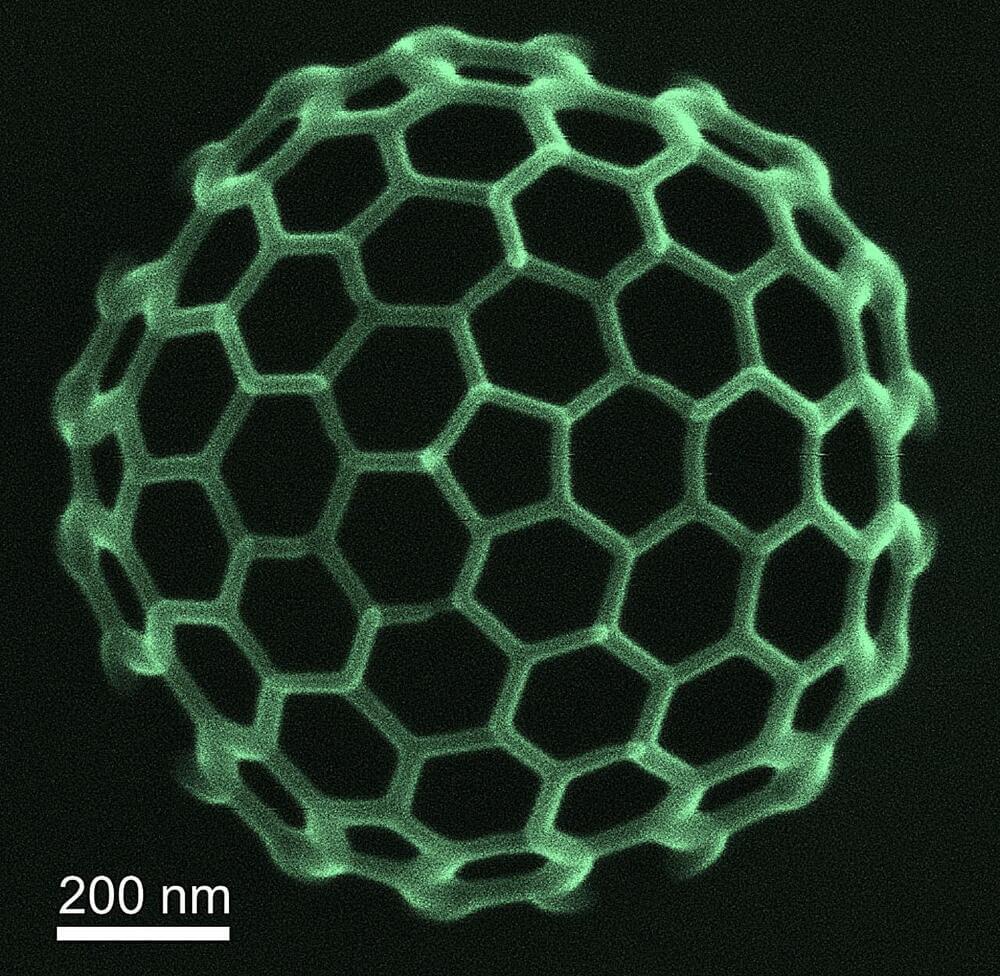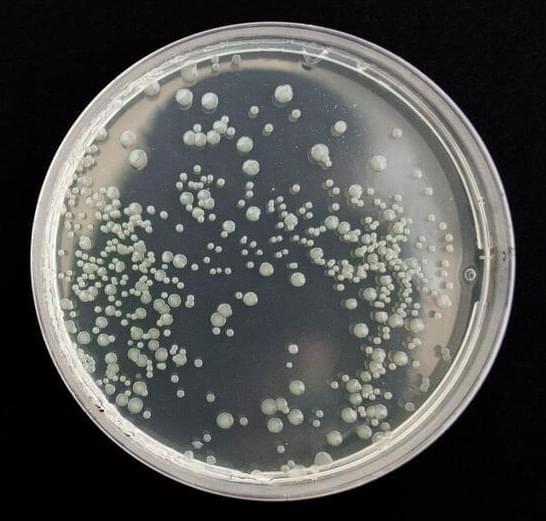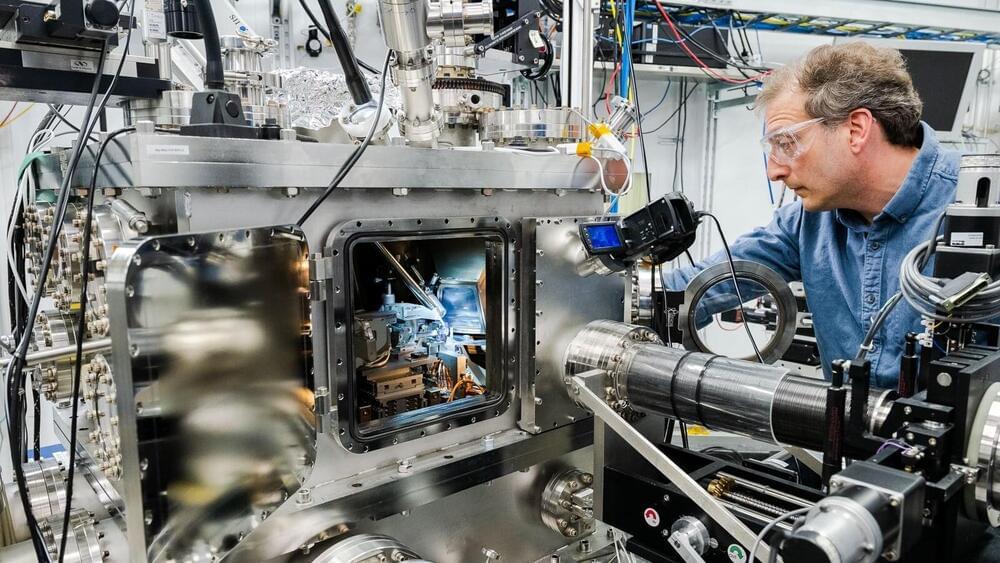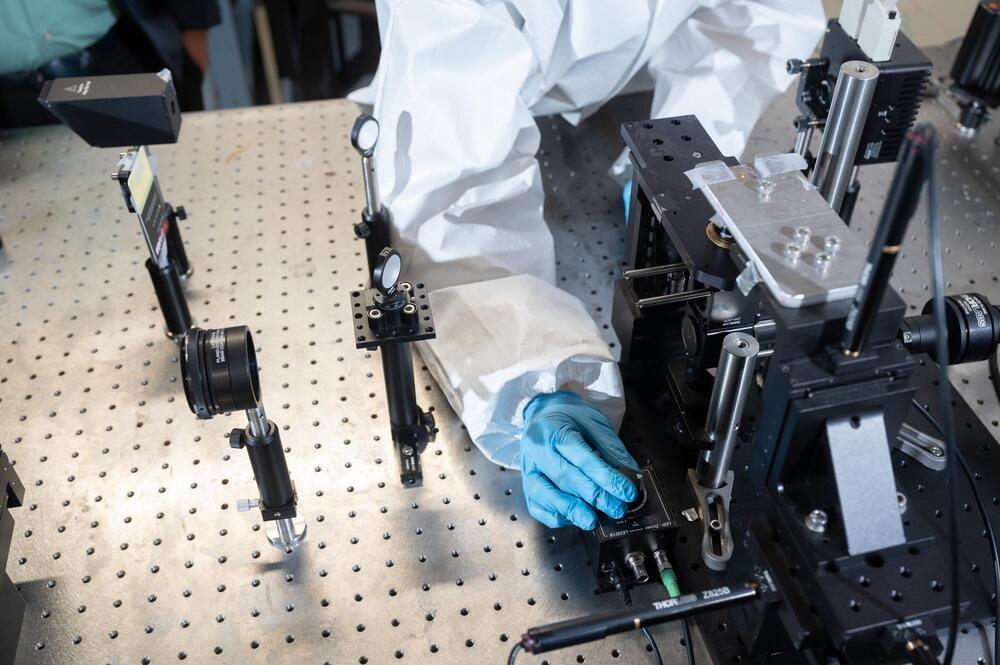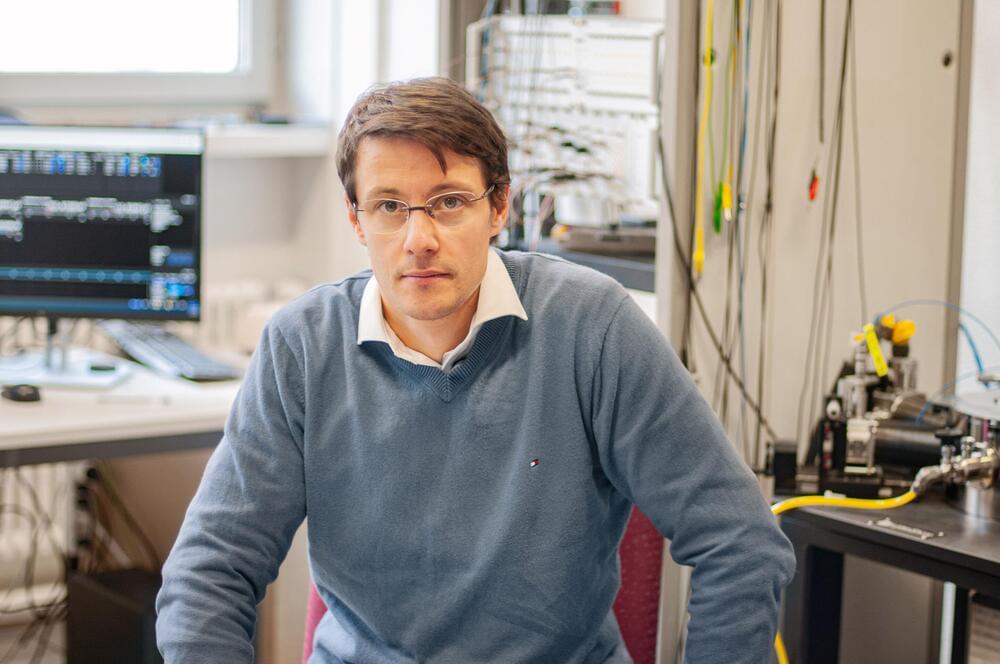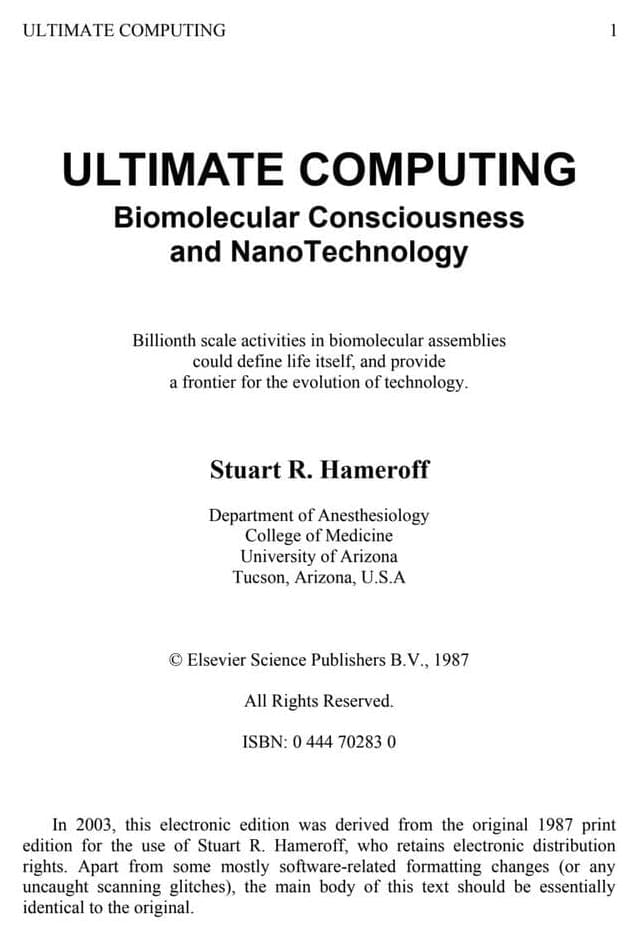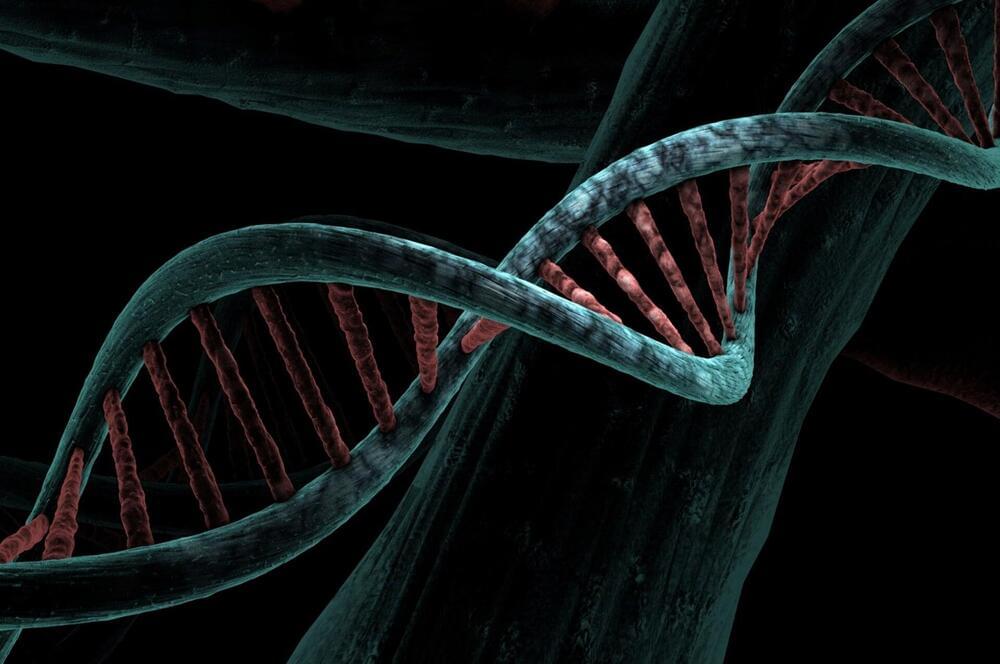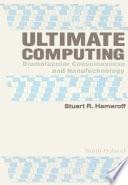Jan 21, 2024
Old and new futurisms in Silicon Valley
Posted by Dan Breeden in categories: nanotechnology, quantum physics, robotics/AI, space, transhumanism
Natasha and Max also appear in a recent video titled “Transhumanism. What it is not” in conversation with David Wood and two representatives of the anti-transhumanist camp, Alexander Thomas and Émile Torres. I’m not familiar with the work of Thomas. I’m more familiar with the work of Torres. I very strongly disagree with most of what Torres says, but I must concede that Torres seems an intelligent and perceptive person, not without a certain endearing grace. However, BS is BS.
I’ve watched and listened again to the awesome conversation between Lex Fridman and Guillaume Verdon aka Beff Jezos, the founder of the movement called effective accelerationism (e/acc) and the company Extropic AI. This long conversation (almost 3 hours) touches a lot of things including physics, quantum, thermodynamics, Artificial Intelligence, LLMs, space, e/acc philosophy & metaphysics, and of course the meaning of life & all that. This is the most complete talk on e/acc so far and is likely to remain so for some time. Watch it all, and let’s accelerate the fuck away from mediocrity toward unlimited extropian and cosmist greatness.
Continue reading “Old and new futurisms in Silicon Valley” »

